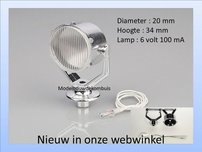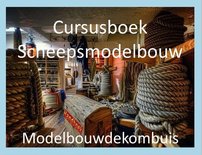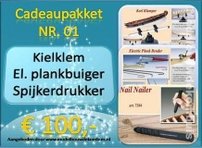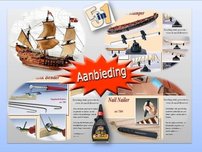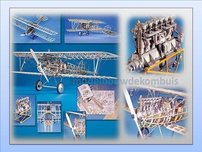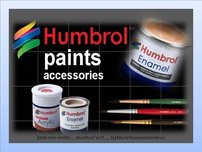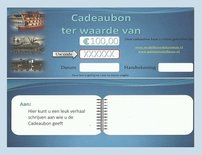| Er zijn geen producten in de winkelwagen. |

Modelbouw Categorieën
Aanmelding Nieuwsbrief
Aanmelden
- Hornby /
- Stoom Locomotieven /
-
BR 4-6-0 Serlby Hall
BR 4-6-0 'Serlby Hall' B17/4 Class
Early BR Weathered DCC Fitted
Merk - Hornby
Lengte - 249 mm
DCC Type - DCC Fitted
Livery - BR ( early )
Class - B17/4
Disigner - Sir Nigel Gresley
Entered Service - 1928
Detail - Sprung Buffers
Motor - 5 Pole Skew Wound. Loco Drive
Purpose - Express Passenger
Wheel Configuration - 4-6-0
Finish - Weathered
By the mid-1920s there was a critical need for locomotives suitable for increasing passenger traffic on the GE District (formerly Great Eastern Railway) but track limitations prevented the transfer of locomotives from other regions. Nigel Gresley was required by the LNER to produce a 4-6-0 design to supplement the existing B12 locomotive serving that region. Initial specifications were for a three-cylinder 4-6-0, borrowing the cylinder and motion arrangement of the D49 4-4-0 but with a tractive effort of about 25,000lb and restricted axle loading of 17tons. The Doncaster Works had many problems meeting the specifications and the contract was given to the North British Locomotive Company (Glasgow) in December 1927. The eventual axle loading was 18tons.
Early BR Weathered DCC Fitted
Merk - Hornby
Lengte - 249 mm
DCC Type - DCC Fitted
Livery - BR ( early )
Class - B17/4
Disigner - Sir Nigel Gresley
Entered Service - 1928
Detail - Sprung Buffers
Motor - 5 Pole Skew Wound. Loco Drive
Purpose - Express Passenger
Wheel Configuration - 4-6-0
Finish - Weathered
Beschrijving:
By the mid-1920s there was a critical need for locomotives suitable for increasing passenger traffic on the GE District (formerly Great Eastern Railway) but track limitations prevented the transfer of locomotives from other regions. Nigel Gresley was required by the LNER to produce a 4-6-0 design to supplement the existing B12 locomotive serving that region. Initial specifications were for a three-cylinder 4-6-0, borrowing the cylinder and motion arrangement of the D49 4-4-0 but with a tractive effort of about 25,000lb and restricted axle loading of 17tons. The Doncaster Works had many problems meeting the specifications and the contract was given to the North British Locomotive Company (Glasgow) in December 1927. The eventual axle loading was 18tons.
The final design of the B17 Class incorporated many features of the A1 Pacifics built in 1924 but several modifications were required before the first B17 was delivered in late 1928. Between 1930 and 1937 a total of 73 B17 locomotives were produced by Robert Stephenson & Co. at Darlington and Glasgow.
Continuous modifications throughout the building programme resulted in four sub classes, B17/1 - B17/4. One of the many teething problems suffered by the Class included cracked frames and an attempt to cure this resulted in sub class B17/2 which has lighter driving axle box springing and stiffer bogie springing, however the problem continued. Further modifications resulting in sub class B17/3 included horn blocks in place of guides on the middle axle. Despite further attempts to improve their springing, the Class was always considered a 'rough rider'.
The final B17s to be built (B17/4), intended for routes with fewer length restrictions, were produced with 4,200 gallon LNER Group Standard tenders. Locomotive Parts 1, 2 and 3 were merged to form the new Class 17/1 in 1937 with 3700 gallon GE tenders. Between 1943 and 1958, 55 of the Class underwent further modifications including the fitting of Diagram 100A boilers, thus becoming B17/6.
The first 47 of the Class were named after English Country Houses, with most of the remainder being named after football teams, thus the Class became known as 'Sandringhams' or 'Footballers'.
Locomotive 2831 was outshopped on the 1st May 1931 and named 'Serlby Hall', on passing to British Railways in 1948 it was re-numbered '61631'. The locomotive was rebuilt from a B17/1 to a B17/2 in October 1957. Withdrawn from Shed 32B Ipswich on the 10th April 1959 after 28 years of service it was cut up at BR Doncaster Works on the 30th April of that year. None of the Class were preserved.
Zoeken op naam/nummer
Uw Winkelwagen


Nieuwste producten

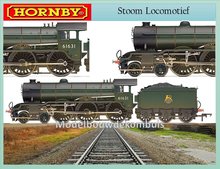
 Vergroot
Vergroot
